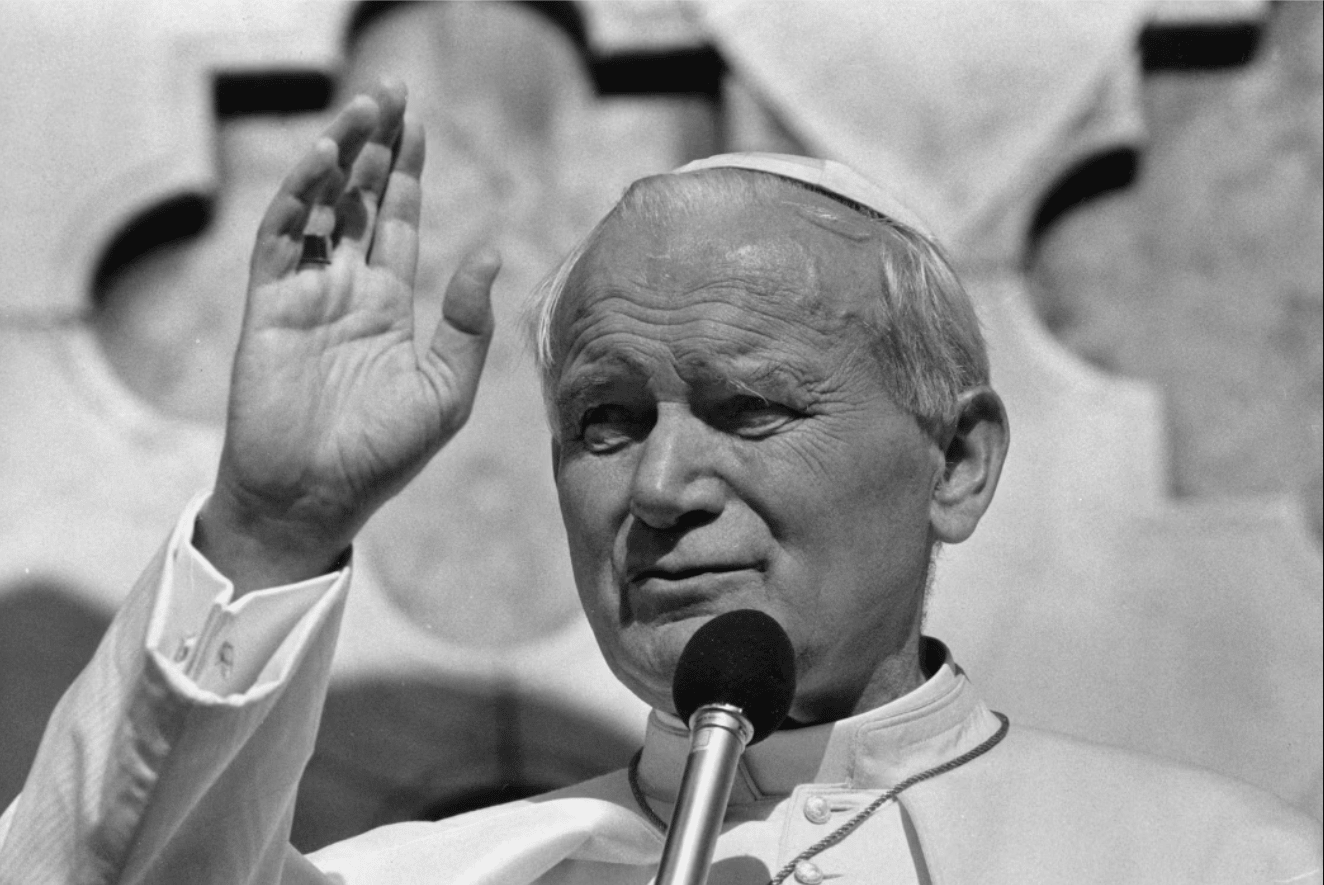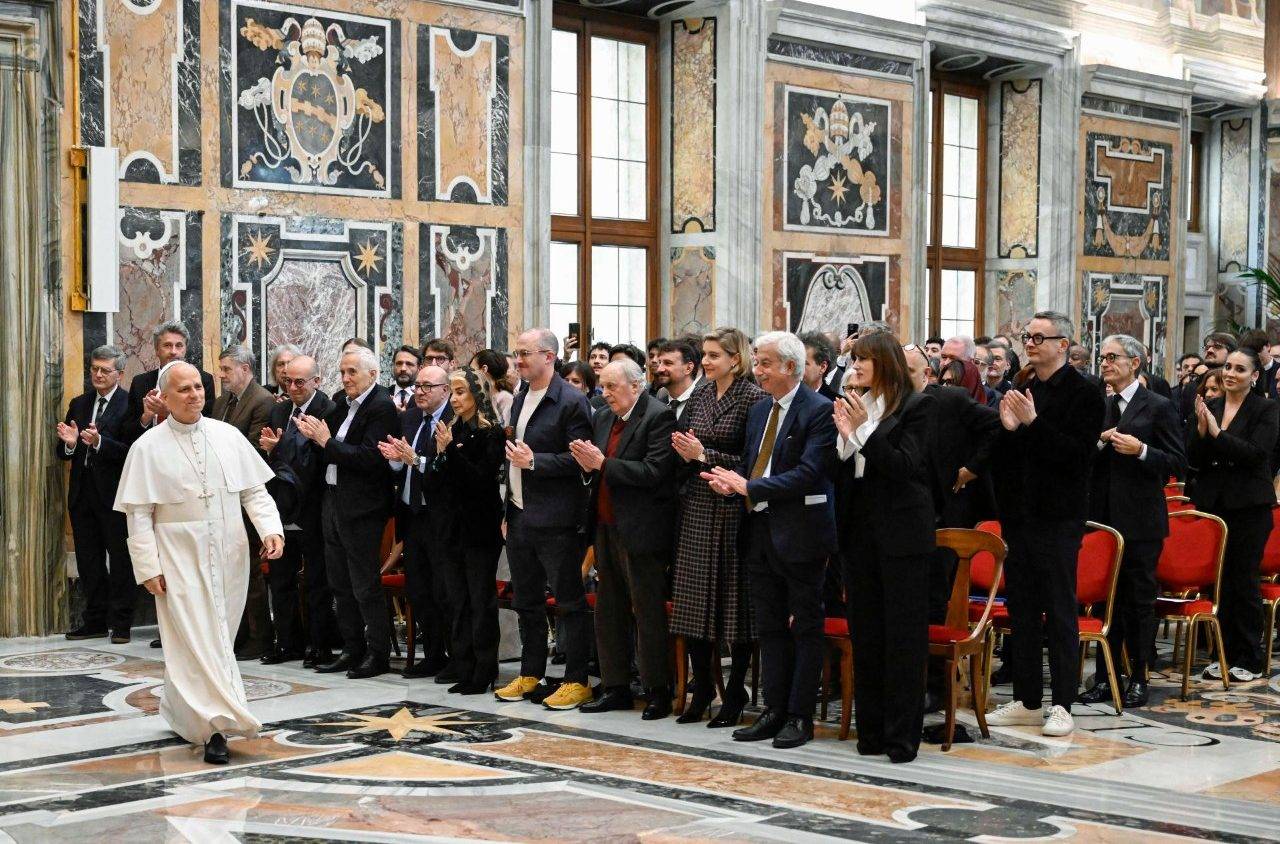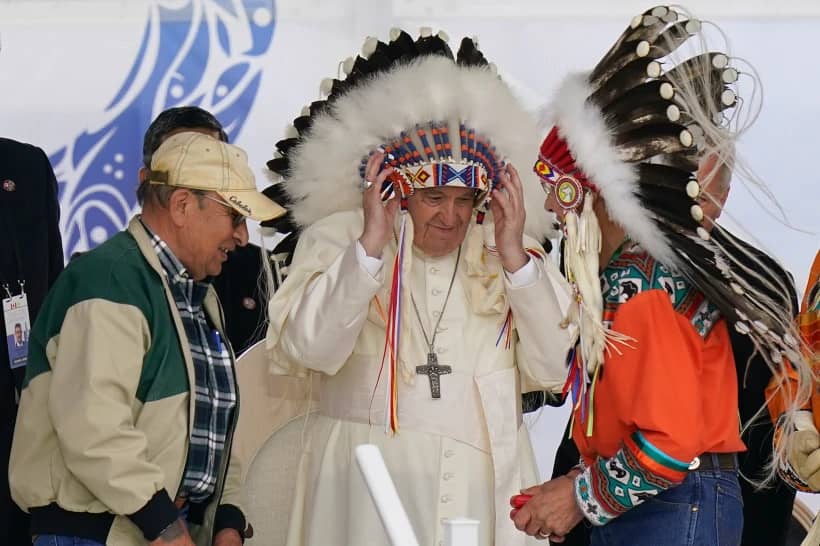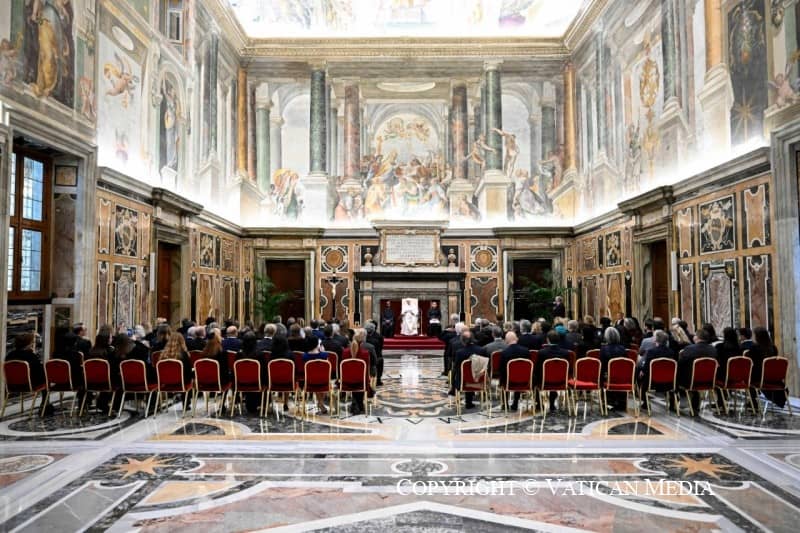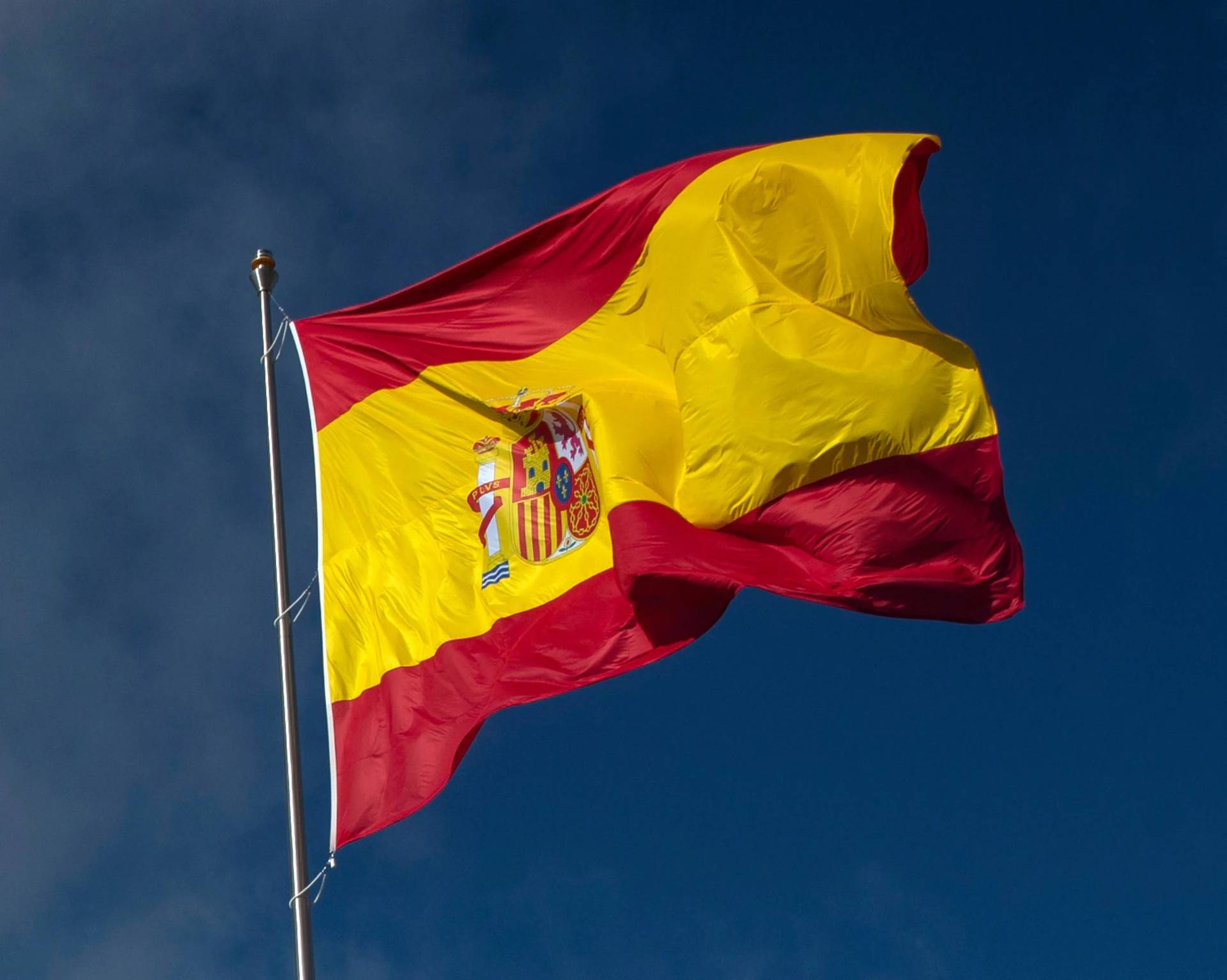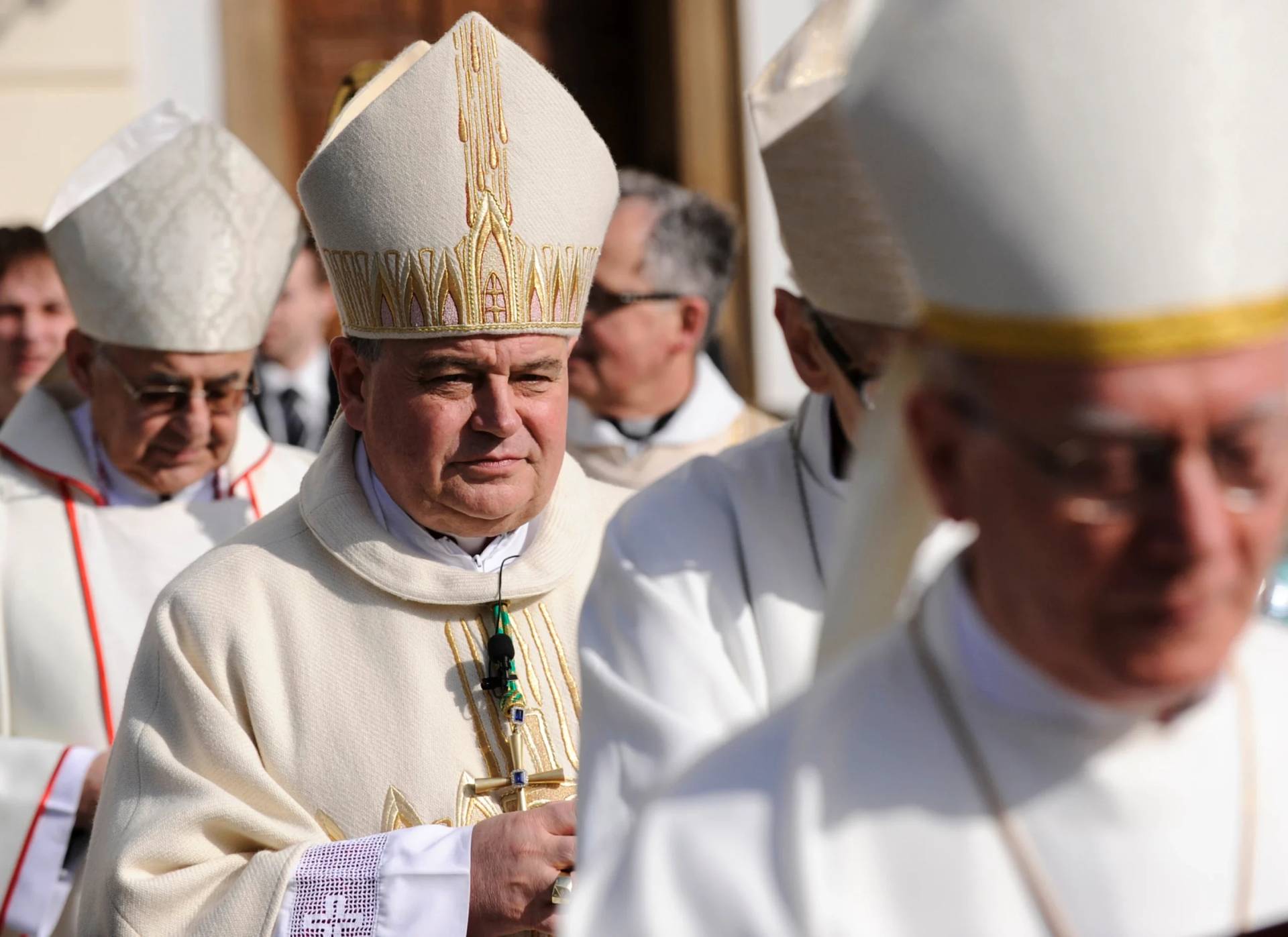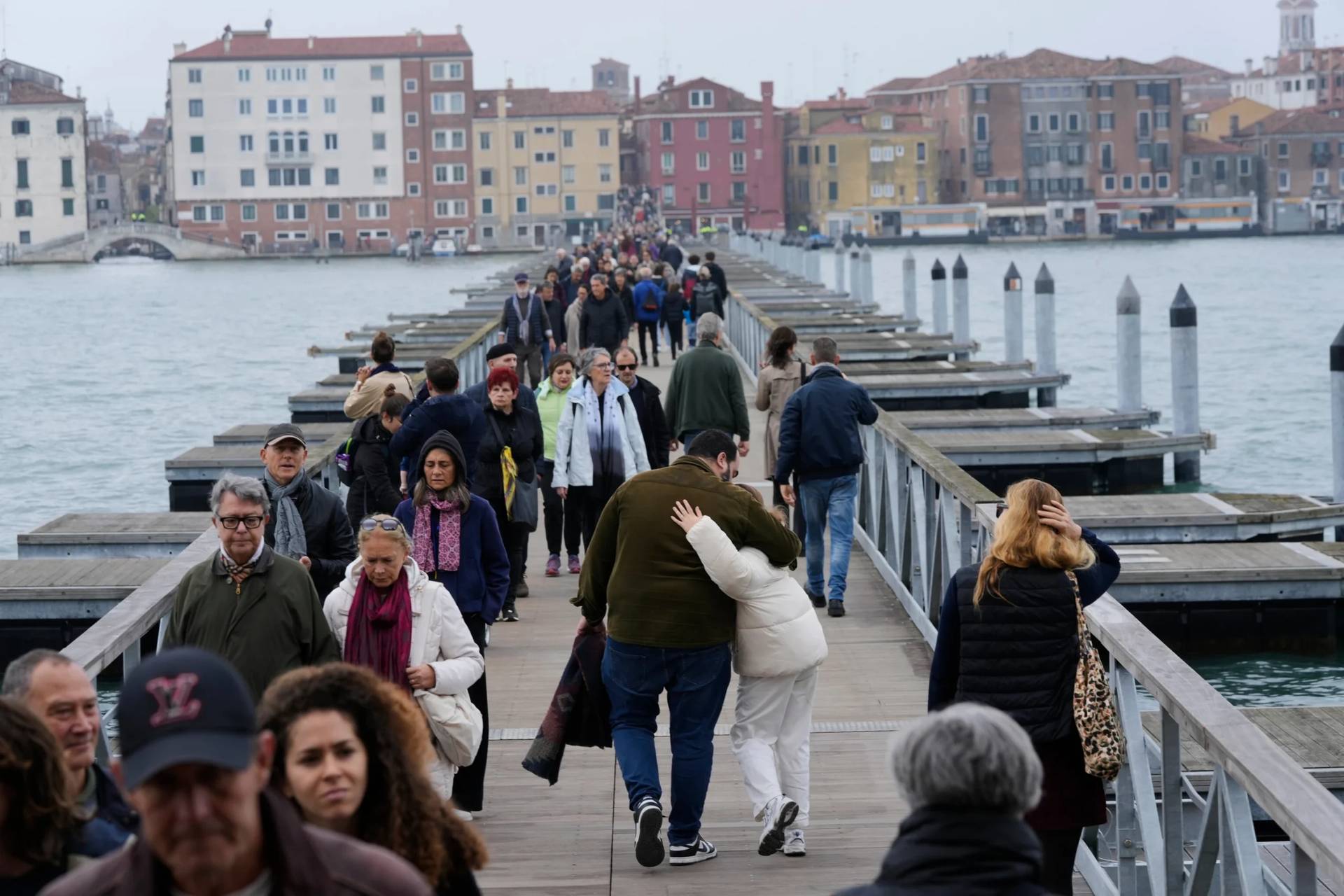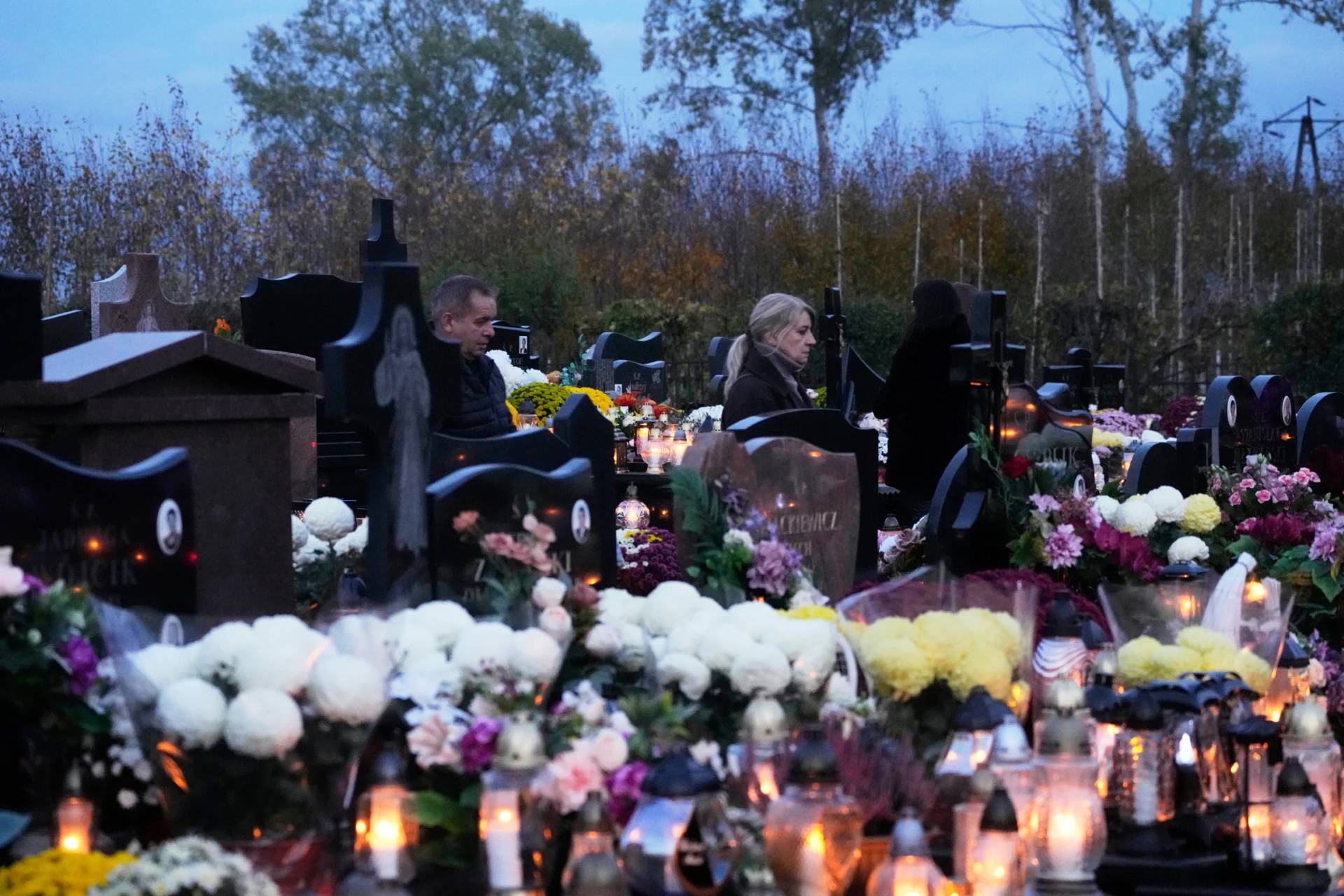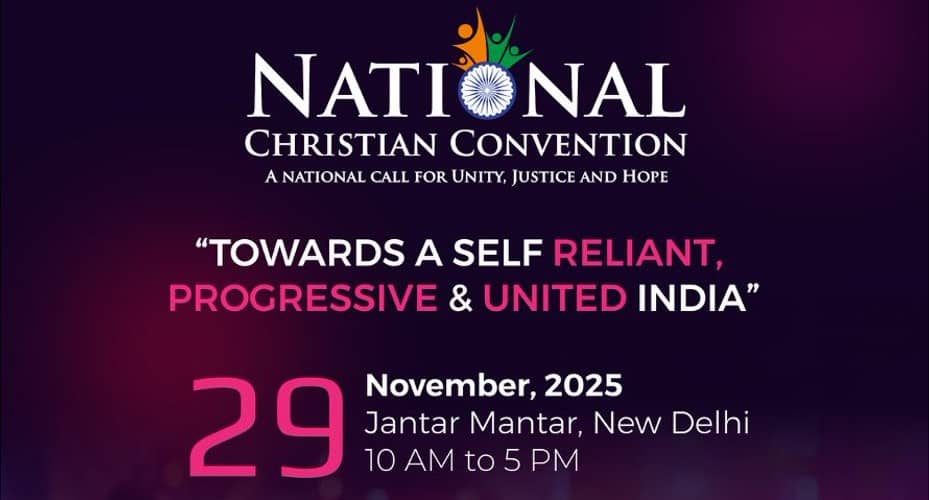ROME – Last week the French bishops voted in favor of opening a beatification cause for the late Cardinal Henri de Lubac, a celebrated theologian whose writings influenced not only the Second Vatican Council, but every pope since.
De Lubac was one of several Jesuits who were key protagonists in the 1962-65 Second Vatican Council, including Cardinal Jean Danielou, whose writings were a prominent point of reference to then-Father Joseph Ratzinger, the future Pope Benedict XVI.
In a March 31 communique following the conclusion of their March 28-31 plenary assembly, the French bishops announced the election of new leaders for a slew of councils and commissions and said they had voted in favor of opening a cause for de Lubac’s beatification.
Henri de Lubac
De Lubac was born in Cambrai in February 1896, and is widely hailed as one of the greatest theologians and intellectuals of the 20th century.
The son of an executive of the Banque de France, he joined the Society of Jesus in 1913 in England, as religious congregations by that time had been expelled in France. He was drafted two years later and sustained a head injury on the frontlines that would continue to cause him pain for the rest of his life.
De Lubac was ordained a priest in 1927 and taught theology in Lyon, gaining recognition for his books and other writings. He became a recognized in the intellectual world after his publication in 1938 of his famed book Catholicisme, which highlighted the social aspects of dogma and laid the foundations of a theology open to interfaith dialogue, as well as a respectful dialogue with atheism.
A staunch opponent to Nazism and anti-Semitism, de Lubac co-founded the collection Sources chrétiennes, or “Christian sources,” a collection of bilingual patristic texts, with a priest named Jean Danielou in 1941.
Danielou, who was also a Jesuit and was named a cardinal by Pope Paul VI in 1969, was a prominent voice in the Second Vatican Council and a hero to then-Father Joseph Ratzinger, the future Pope Benedict XVI.
Originally from Neuilly-sur-Seine, France, Danielou is also considered one of the greatest theologians of the 20th century and is known for his clarity in explaining complex theological concepts in a clear and comprehensible way for the average reader.
Though he was controversial for his criticism of what he said was a false interpretation of the Council that he blamed on a crisis in religious life and a subsequent increase in secularization, he remained an influential voice and enjoyed Ratzinger’s support.
Daneilou and the future Pope Benedict shared many similarities in their writings, including a historical perspective in their theology, their emphasis on scripture and on returning to the Church Fathers. These elements, specifically the presence of Church fathers, are also prominent in de Lubac’s work.
In the years following the Second World War, de Lubac was isolated, as his writings were seen as too daring at the time, and in 1950, the Jesuit Father General put him on leave.
However, he was rehabilitated during the Second Vatican Council, when he was appointed by Pope John XXIII as a member of the council’s preparatory commission in 1959. He later participated in the council as a theological expert, and his writings are seen as having had significant influence on the Second Vatican Council texts, which placed an emphasis on ecumenism and interfaith dialogue.
De Lubac’s participation as an expert in the Council’s proceedings led to his appointment by Pope Paul VI as a member of the secretariats for non-believers and for non-Christians.
On February 2, 1983, just eight years before his death, Pope John Paul II named de Lubac a cardinal. By then, de Lubac was over 80, meaning he was no longer eligible to vote in a conclave, and the red hat was a symbolic gesture of John Paul II’s appreciation for him and his contribution to Catholic thought.
De Lubac died in Paris in 1991, and his writings have remained a prominent point of reference in Catholicism and have been heavily referenced by the past three popes.
A Jesuit Imprint
It is worth mentioning that at the time of the council, three other Jesuits held prominent roles in the preparatory phases, in the proceedings themselves, and in the years after. They were Jesuit Fathers Karl Rahner, John Courtney Murray, and Hans Urs von Balthasar.
Rahner, a German Jesuit priest and theologian, is like Lubac and von Balthasar considered to be among the most influential Catholic theologians of the 20th century. His brother Hugo Rahner was also a Jesuit scholar.
Rahner is widely held to have played a pivotal role in the preparatory phases of the Second Vatican Council, at the council itself, and in the years after. His imprint is especially visible in the council’s emphasis on the importance of the local church, the issue of collegiality, the church being composed of sinners and the emphasis on pastoral outreach.
John Courtney Murray was an American Jesuit priest and theologian acclaimed for his intellectual contribution to the Catholic faith in the 20th century and is known especially for his efforts to reconcile Catholicism and religious pluralism, specifically when it comes to the relationship between religious freedom and the institutions of a modern democratic state.
Murray was invited to attend the second session of the Second Vatican Council, during which he drafted several versions of what would become the council’s document on religious freedom, Dignitatis humanae personae.
A Swiss theologian and priest, von Balthasar was also a Jesuit and is also widely considered to be among the Catholic Church’s most important theologians of the 20th century.
He entered the Society of Jesus in 1929 after attending a retreat while in university, and though he was never invited to attend the Second Vatican Council, von Balthasar’s writings grew in prominence in the years after with the publication of his sixteen-volume, three-part systematic theology trilogy, which begins with Herrlichkeit, meaning “The Glory of the Lord.”
Von Balthasar left the Jesuits in 1950 to work with the Community of Saint John, a secular institute he founded with lay Catholic convert Adrienne von Spey, a Swiss wife and mother who converted to Catholicism thanks to von Balthasar’s guidance. Together they founded the Community of St. John as an institute of consecrated laypeople in 1945 with a mission to work for the sanctification of the world from within the world.
When von Spey claimed to have mystical experiences in prayer, von Balthasar offered spiritual guidance and assisted her in writing and distributing some 60 spiritual books containing her experiences.
Pope John Paul II organized a Vatican symposium on her thought in 1985, almost 20 years after her death.
Popes and de Lubac
When John Paul II penned his first encyclical Redemptor Hominis in 1979, de Lubac was one of just two living theologians cited in the work. The other was von Balthasar.
John Paul II had worked closely with De Lubac during the Second Vatican Council, specifically in drafting the conciliar constitution Gaudium et Spes, and held the French priest in high esteem. He named de Lubac a cardinal in 1983.
He also named von Balthasar as a cardinal in 1988, however, von Balthasar never got his red hat, as he died before the consistory took place.
In addition to John Paul II, de Lubac was also widely read by Pope Benedict XVI, who in his autobiography Milestones, published when he was still a cardinal in 1998, praised both von Balthasar and de Lubac’s writings.
In Milestones, then-Cardinal Ratzinger said, “meeting Balthasar was for me the beginning of a lifelong friendship I can only be thankful for. Never again have I found anyone with such a comprehensive theological and humanistic education as Balthasar and de Lubac.”
Benedict XVI’s insistence on a “hermeneutic of continuity” in interpreting the Second Vatican Council also draws heavily on de Lubac. The last Ratzinger Prize awarded during the lifetime of the pope emeritus, given in 2022, was handed to French Jesuit Michel Fédou, a specialist in de Lubac’s work.
Pope Francis, who was a young Jesuit at the time of the Second Vatican Council and who read de Lubac’s works in French, has repeatedly cited de Lubac in his own speeches, homilies and writings, specifically de Lubac’s reference to the Church as a mother, and his condemnation of “spiritual worldliness.”
In the run up to the 2013 conclave in which he was elected, then-Cardinal Bergoglio referenced de Lubac in a pre-conclave speech which for many of his fellow cardinals put him on the radar as a favored candidate.
In that speech, the future pope criticized what he said was a “self-referential” church which “without realizing it thinks that it has its own light,” and ceases looking to Christ.
When this happens, it “gives rise to that evil which is so grave, that of spiritual worldliness,” he said, noting that de Lubac had referred to this as “the worst evil into which the Church can fall.”
Previously, in a 2007 interview while still archbishop of Buenos Aires, Bergoglio criticized “what de Lubac calls ‘spiritual worldliness.’ It is the greatest danger for the Church, for us, who are in the Church.”
This condemnation of “spiritual worldliness” continues to be Pope Francis’s most frequent lamentation and is what he routinely points to as the greatest danger facing the Catholic Church.
De Lubac’s prominence in the church remains so strong that The De Lubac Prize bearing his name has been awarded annually since 2004 to two authors of doctoral theses – one in French and the other in a foreign language – studying at pontifical universities in Rome.
The French bishops’ vote to open a cause for beatification of de Lubac highlights not only his enduring influence on global Catholicism, but also that of the Jesuits, from Danielou and von Balthasar (even though von Balthasar eventually left the Jesuit order), to history’s first Jesuit pope.
Follow Elise Ann Allen on Twitter: @eliseannallen






